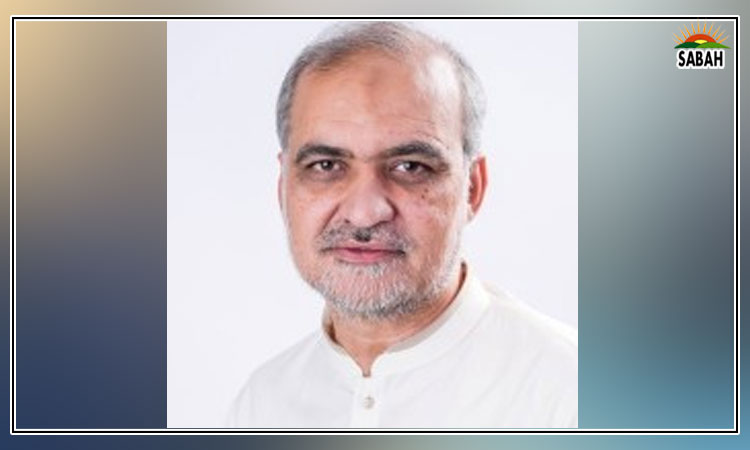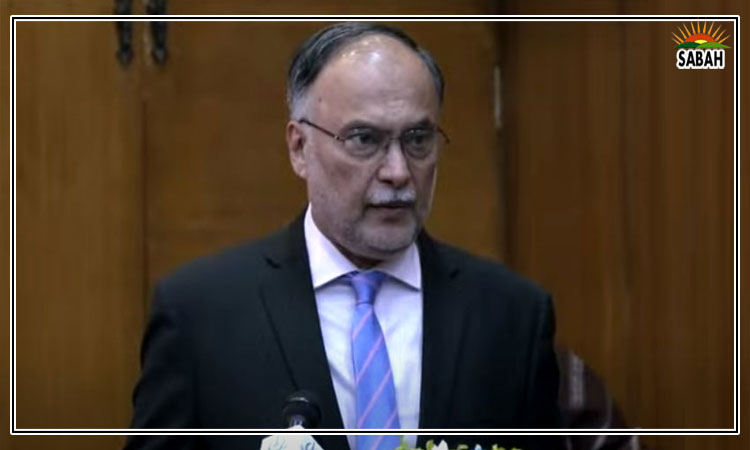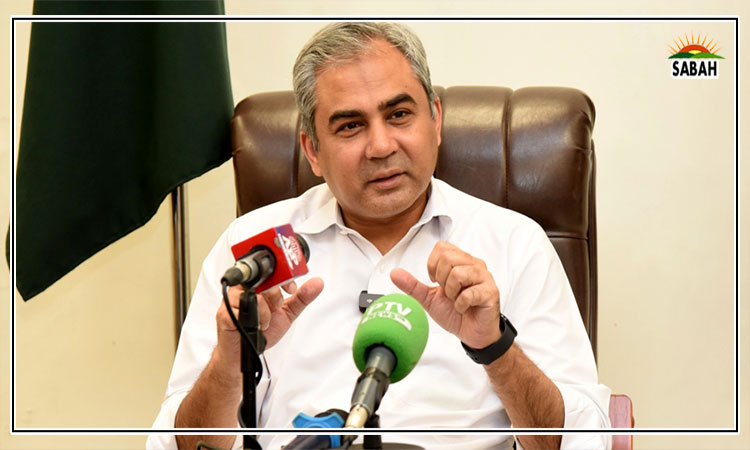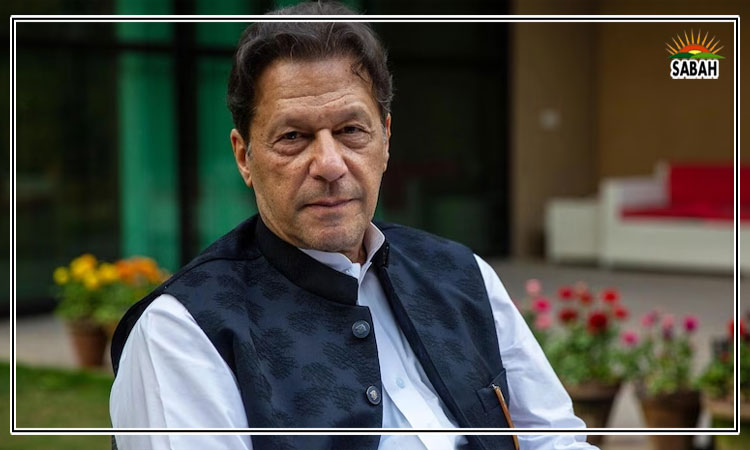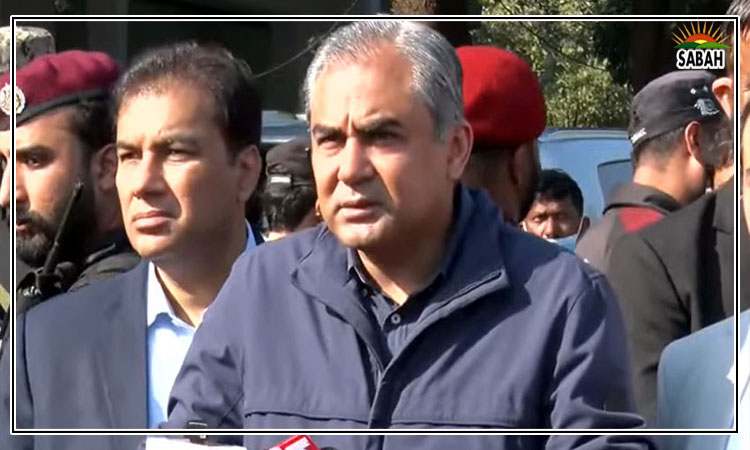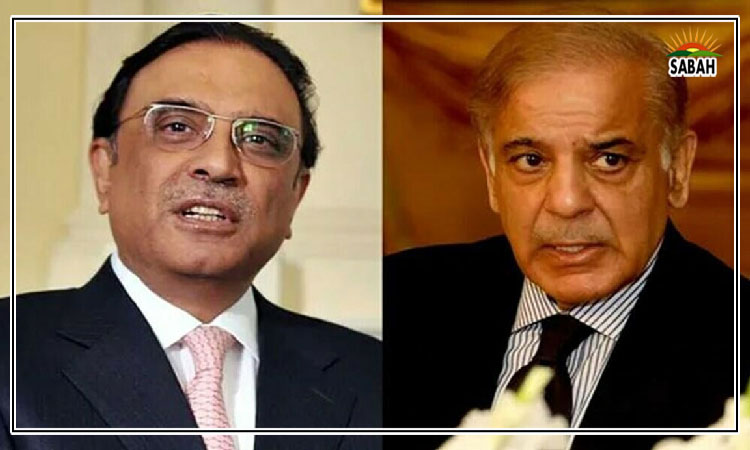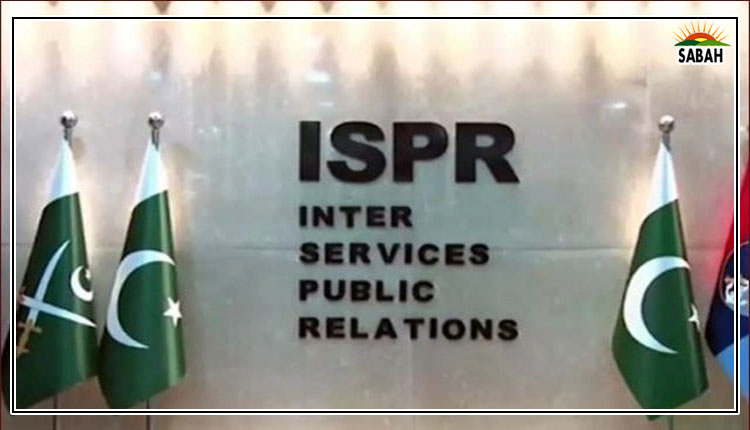Strategic instability…Maheen Shafeeq
Since the 1970s, Pakistan has periodically proposed regional arms control and confidence-building measures (CBMs). India usually rejects such proposals as it perceives China as its main threat.
Though India and Pakistan abide by several CBMs such as an agreement on non-attack on each others nuclear facilities, the exchange of an updated list of nuclear facilities on January 1 every year, and a cease-fire across the Line of Control (LoC), the majority of arms control and CBM efforts have gone in vain. Therefore, it is time that Pakistan takes a birds eye view of regional security matters to better construct future strategies.
This image shows Pakistan (R) and Indian flags. AFP/File
This image shows Pakistan (R) and Indian flags. AFP/File
The regional threat perception in South Asia seems to be altering under the construct of Southern Asia which encompasses Pakistan and India from South Asia and China from East Asia. Southern Asia clubs the three adversarial nuclear power states with highly contested borders and disputed territories, which makes the region a highly unstable nuclear flashpoint with threats and risks of actual use of nuclear weapons.
In the construct of Southern Asia, India is sandwiched between Pakistan and China that are tied in a comprehensive strategic partnership; however, India seems to be competing against both of them strategically and economically.
India has a disputed territory and contested border with China and Pakistan on its northern and western border respectively. India and China engaged in border skirmishes as witnessed in the Galwan Valley in 2020, which was right after India and Pakistan had a tit-for-tat encounter in 2019. These Indian actions raised the bar of threats for India itself, which is why India views southern Asia from the angle of hostility.
Due to an already fragile trust and lack of formal constraints, New Delhi realized the dangers of escalation in Southern Asia from the incidents of 2019 and 2020. It is safe to assume that there is a similar realization in Islamabad, as neither side is looking for escalation.
This was evident by the maturity of Islamabads response to the (in)advertent misfire of the BrahMos missile in 2022 as well as the peace gesture of 2019 when Pakistan returned Indias fallen pilot. Nevertheless, Indias aggressive design to garner geopolitical influence remains a destabilizing factor in the construct of Southern Asia.
As the 2024 elections in India draw closer, Pakistan is anticipating a misadventure by Indian forces. India seems to have ramped up its military preparedness, especially in border areas and on disputed territories. Such as at the Srinagar air base, India has parked MiG-29 along with Israeli Heron Mark II drones for surveillance which also carry laser-guided bombs.
Though India and China have concluded several rounds of high-level military talks to ease the border disputes, tensions remain high. India is developing highways, tunnels and railroads to enhance its mobility in case of escalation on its underdeveloped northern border. This shows that India is actively fortifying its border forces under the nuclear overhang, which makes Southern Asia even more unstable.
Due to Indias military posturing at its border and history of adventurism, the threat of a two-folded response from Pakistan remains likely. In case of any escalation by India on its western borders with Pakistan, it remains probable that China would follow suit. In such a case, India would be putting itself in a two-front war situation.
Though India has been actively modernizing its defence forces while deploying S-400 missiles on borders, it cannot prolong the crisis as it would be tougher to de-escalate. Chinas larger military size puts India at a disadvantage and Pakistans more agile forces present a challenge. This places India in a fix that it would likely avoid.
Though the construct of Southern Asia puts Indias threats into clear perspective, it makes it more challenging to manage and detangle. Any escalatory move or even inadvertent escalation by India would shake the foundation of an already fragile peace in this highly volatile region, which stresses caution.
Hence the construct of Southern Asia increases the chances of crisis escalation and decreases the probability of crisis management, which demands the urgent need for crisis management mechanisms in Southern Asia. Pakistan and China can propose a trilateral risk reduction and crisis management mechanism for Southern Asia, however, it seems unlikely that India will approve such a mechanism.
Due to this, it is imperative to compartmentalize the region to draw targeted solutions. While India is pursuing high-level military talks with China for de-escalation on borders, the trajectory of relations between the new governments in Islamabad and New Delhi remains to be seen. Although the ultranationalist policies of the BJP might be a hindrance in realizing the potential of progressive Southern Asia, there could be an appetite for positive engagement with Islamabad in probably the last consecutive tenure of the BJP.
Courtesy The News


